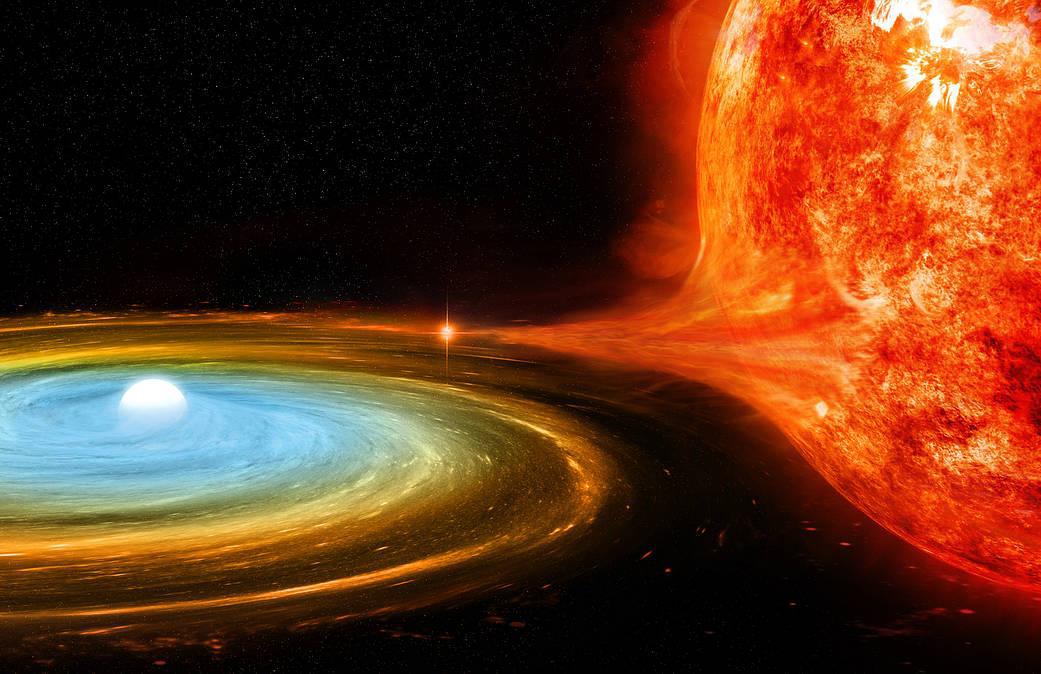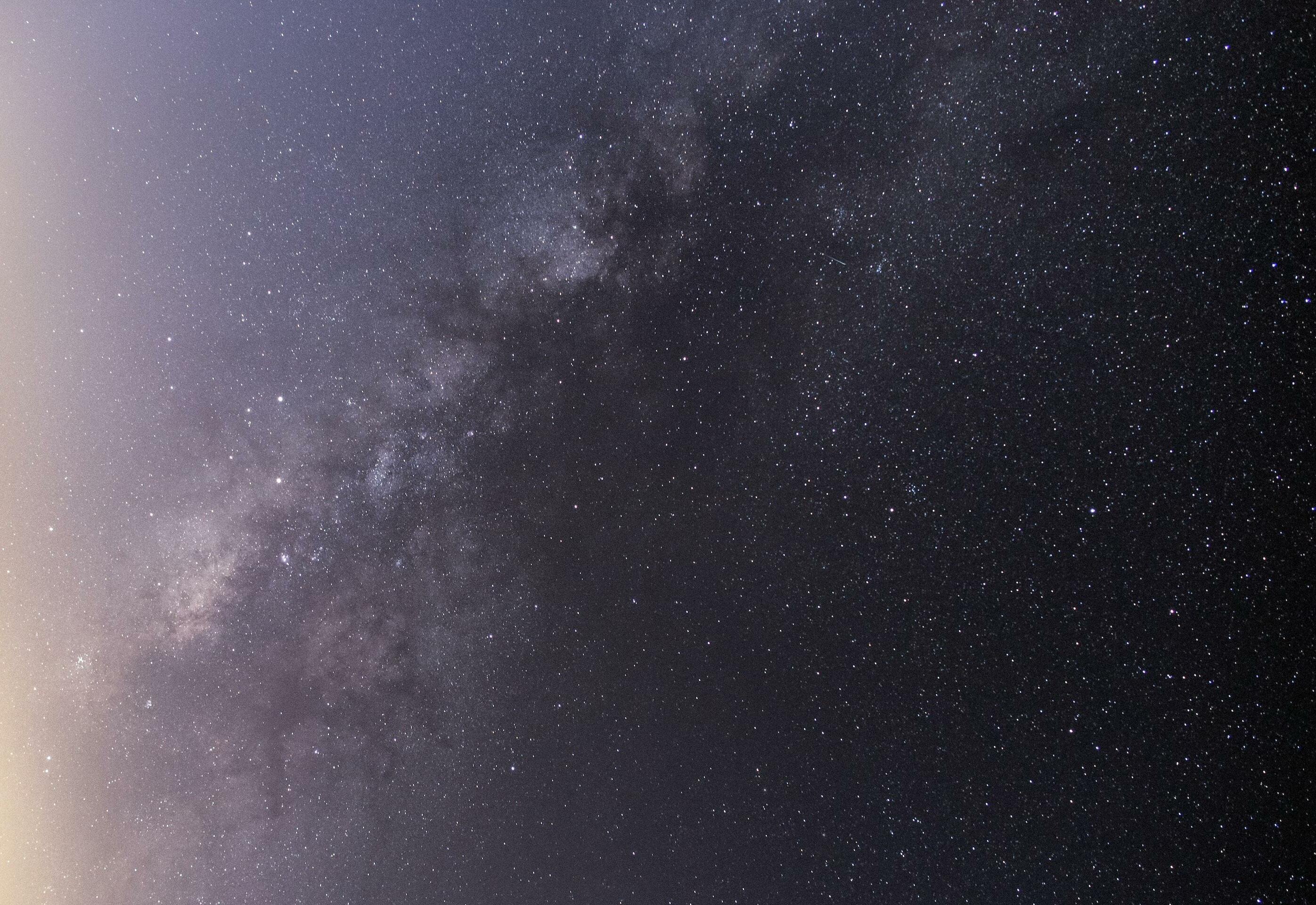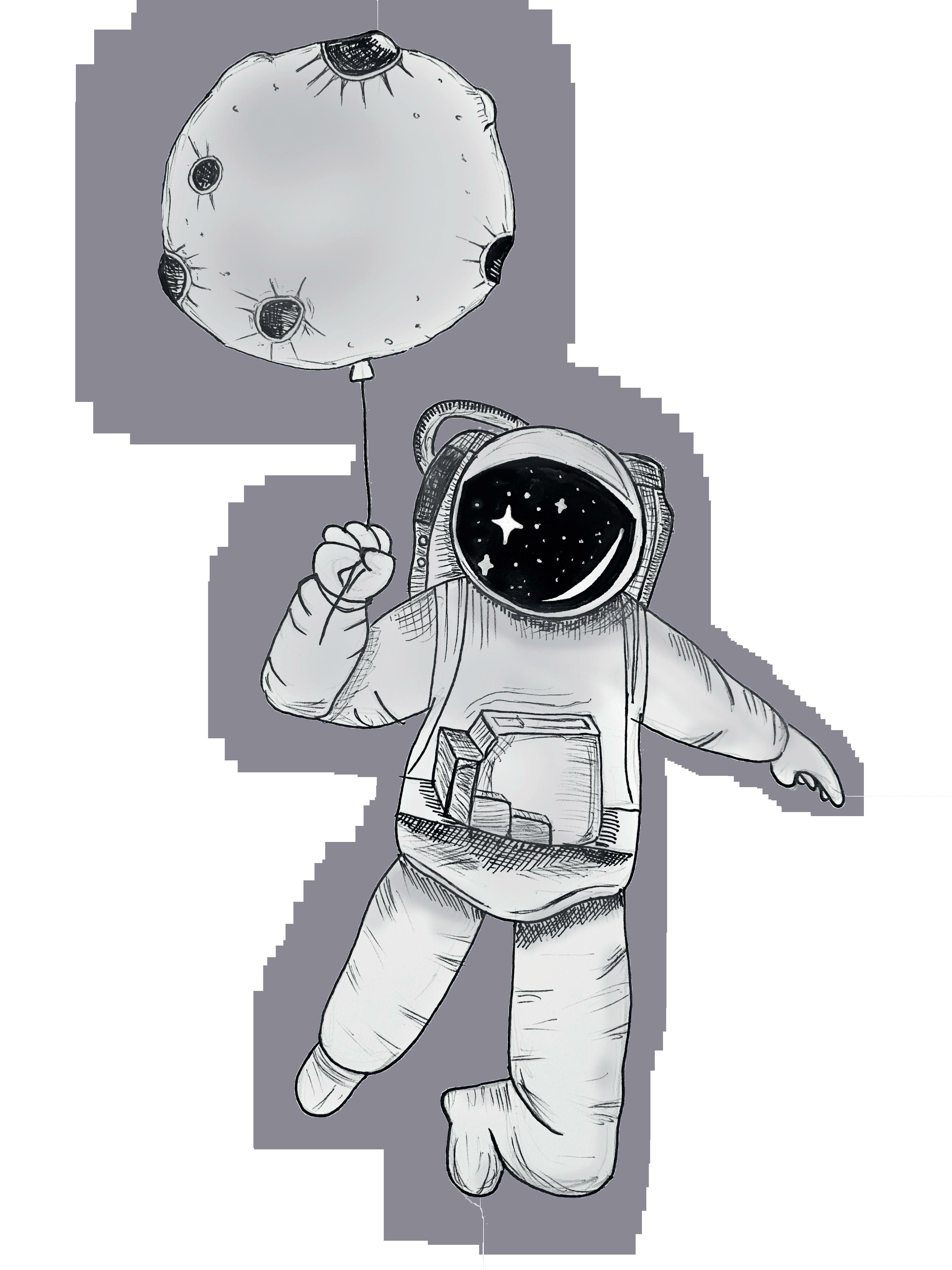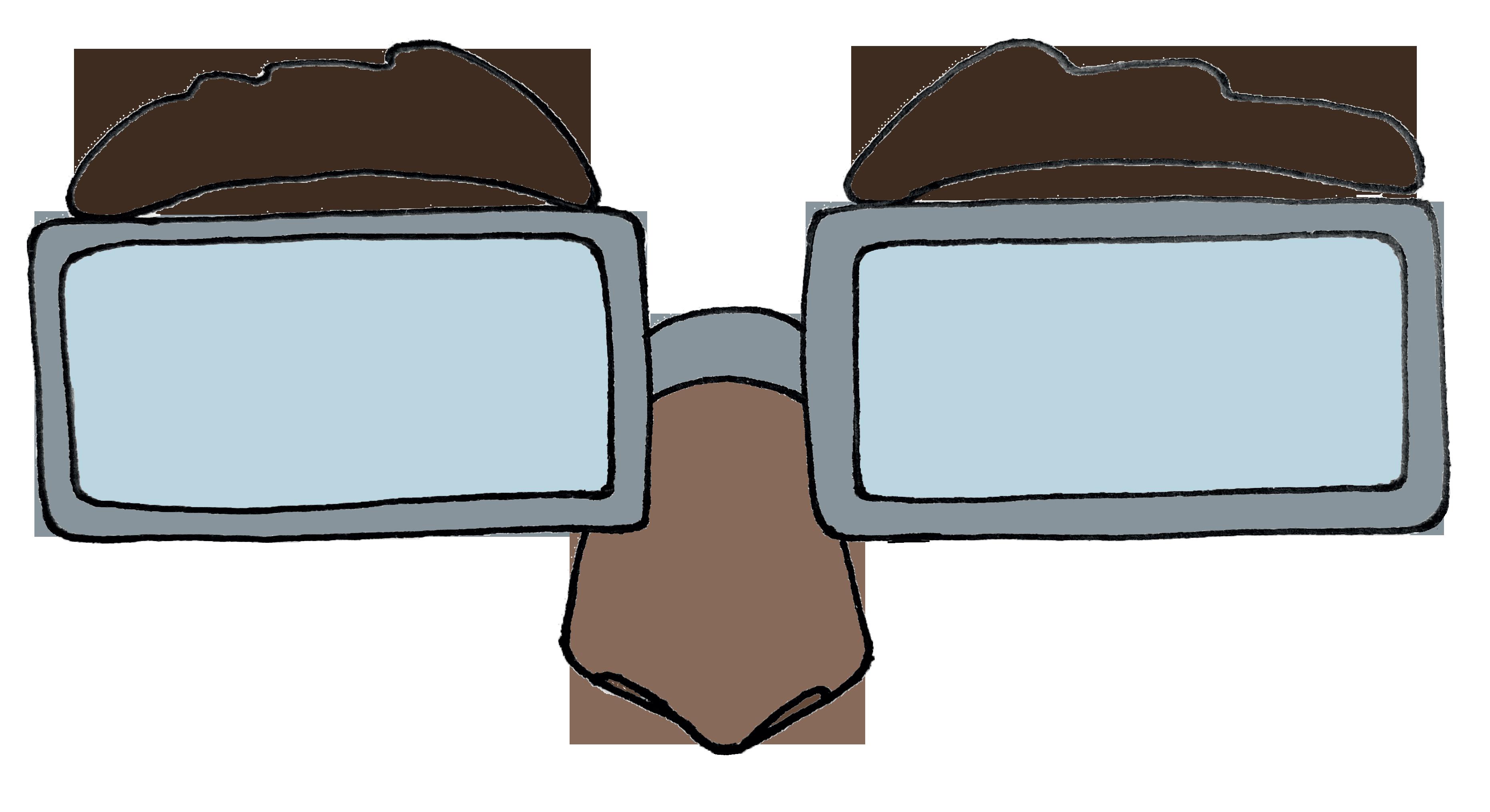ASTRONOMY










The study of the Universe as a whole From its birth 14 billion years ago During its “youth” when and galaxies were evolving Until its “adulthood”, when galaxies form in their millions and then billions
The Universe has been expanding and continues to do so Its expansion is speeding up because of the mysterious Dark Energy
Cosmology at UWC Cosmologists at UWC focus on what the distribution of galaxies can tell us about the Dark Energy that accelerates the Universe, about the Dark Matter that is the “glue” holding galaxies together and about the conditions at the birth of the Universe. The scientific know-how that UWC has developed has put the UWC group in a unique position to lead the international effort of cosmology with radio telescopes.
Radio telescopes – the MeerKat and SKA South Africa has built a world-class radio telescope, MeerKAT. It will be transformed into the Square Kilometer Array (SKA) in the coming years, the largest radio telescope in the world.
UWC Scientists are among the scientists leading research that will be explored by these instruments.
The UWC team includes large numbers of students who will become the future of research in Cosmology in South Africa.
Observational Cosmology team at UWC is led by Professor Mario
Santos, NRF A-rated scientist and SARChI Research Chair. He heads up The Centre for Radio Cosmology (CRC).
The Theoretical Cosmology team at UWC is led by Prof Roy Maartens, an NRF A-rated scientist who holds a SARO SARChI Research Chair.
Meerkat radio telescope
For more information about the MeerKat check https://www.sarao.ac.za/science/meerkat/about-meerkat/


“The Square Kilometre Array (SKA project) is an international effort to build the world’s largest radio telescope, with a square kilometre (one million square metres) of collecting area.”
https://www.sarao.ac.za/about/the-project/
SKA is the world’s largest telescope.
Thousands of dishes and millions of low frequency antennas monitor the sky faster and in greater detail
With the advent of telescopes such as MeerKAT , and in the future the Square Kilometre Array , astronomy is entering a golden era of innovation and discovery. UWC astronomers are leading some of the most important efforts that will lead to a much improved understanding of galaxies.
The capability of the MeerKAT allows South African astronomers to study the hydrogen properties of distant galaxies. Astrologers are no longer restricted to studying galaxies only within the Milky Way. Because of the finite travel of the speed of light and radio waves, we see distant galaxies as they were billions of years ago.
The speed of light is the rate at which light waves propagate through different materials















At UWC , in the Department of Physics and Astronomy, Dr Ed Elson leads a group of talented researchers working on a variety of galaxy-related projects.
In addition to observing galaxies with MeerKAT, UWC researchers are simulating galaxies on supercomputers in order to better understand the observational data from MeerKAT and other telescopes.
For astronomers, machine learning is a branch of artificial intelligence used for analyzing large datasets collected by telescopes such as the MeerKAT, SKA and Vera C Rubin Observatory.

Machine learning allows computers to automatically collect and translate data without being explicitly programmed.
It is a computer with a very high level of performance or a group of computers that perform as one machine capable of processing huge amounts of data. (big data)














Aside from telescopes, astronomers have a few things in common that assist them in their research, their quest for understanding the Universe.



1.) All astronomers need computers – from specialized computers at the back of telescopes to laptops on which they work every day.

2.) A second aspect of astronomical research is code. Astronomers spend more time programming computers than staring at beautiful images in the sky.
3.) Data are also what all astronomers need. Data is the term used for any sort of digital information used to extract scientific knowledge.
Astronomy is a data-intensive field of science . Cloud computing is one of the key technologies being used by astronomers. The data and the codes are on computers “in the cloud”. Astronomers create codes and apply them to the data wherever it is stored, and all they need to see gets served through the web. Cloud computing allows astronomers to collaborate on the data and share codes and results.
DATA REDUCTION
Reducing the amount of capacity on a computer required to store data

CLOUD COMPUTING“IN THECLOUD”
What telescopes pick up but is not of interest
What telescopes detect and simulations
A
Space where gravity pulls so much that even light cannot get out.




A


WHAT IS A SUPERNOVA?
A supernova is a powerful and luminous explosion of a star












A
















Carlos Amato’s cover illustration quirkily includes an aardvark, the nocturnal animal found in the Karoo where the Square Kilometer Array is located.
How to access Astronomy at UWC: In preparation for Honours study in Astronomy, students are required to do the following two undergraduate Astronomy courses:


* PHY217 - an introduction to astronomy
*PHY327 - deals with more advanced topics related to galaxy evolution and cosmology.

Students are required to do the NASSP (National Astrophysics and Space Science Programme) Honours programme in order to access the Master's degree. For NASSP, a major in physics is a requirement.
Contact us:
Email: recruitment@uwc.ac.za Website: uwc.ac.za
FB: @UWCFutureStudents